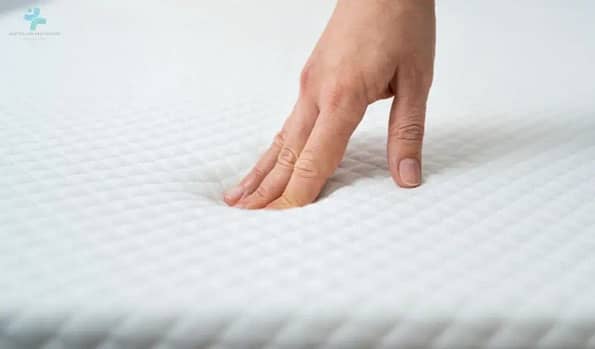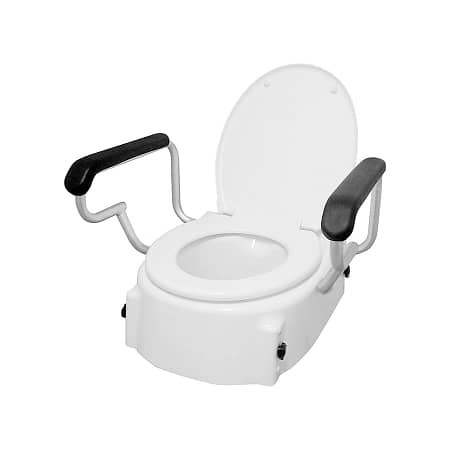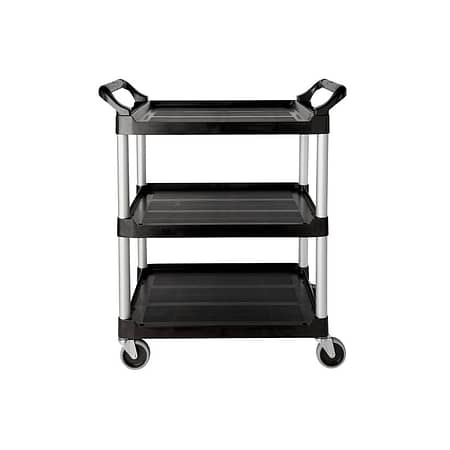What are the key differences between air mattresses, foam mattresses, and alternating pressure mattresses in terms of pressure ulcer prevention and patient comfort?
Introduction
Selecting the appropriate mattress is crucial for preventing pressure ulcers and ensuring patient comfort, especially in healthcare settings. Pressure ulcers, also known as bedsores, are injuries to the skin and underlying tissue resulting from prolonged pressure on the skin. They can cause significant discomfort, lead to serious infections, and are often a challenge for healthcare providers to manage. A suitable mattress can mitigate these risks by redistributing pressure and reducing the chance of ulcer formation. Understanding the different types of mattresses available and their respective benefits is essential for making informed decisions that enhance patient care and comfort.
Understanding Pressure Ulcers
Causes and Risk Factors
Pressure ulcers, commonly known as bedsores, are injuries to the skin and underlying tissues resulting from prolonged pressure on the skin. They typically occur on skin that covers bony areas of the body, such as the heels, ankles, hips, and tailbone. Major risk factors include limited mobility, poor nutrition, underlying health conditions, and age, which can impair skin health and increase vulnerability to pressure, friction, and shear.
The Importance of Prevention
Preventing pressure ulcers is vital due to their impact on patient health, recovery times, and healthcare costs. Effective prevention strategies include regular repositioning of patients to alleviate pressure, maintaining skin hygiene and moisture, ensuring proper nutrition and hydration, and using pressure-relieving devices such as specialized mattresses and cushions. Early intervention and proactive measures can significantly reduce the risk of ulcer development and promote a more comfortable and speedy recovery for patients.

Types of Mattresses for Pressure Ulcer Prevention
Air Mattresses
Air mattresses are designed to reduce pressure points by using air chambers that can be adjusted for firmness, providing tailored support to different areas of the body. They work by inflating and deflating these chambers, either manually or automatically, to redistribute pressure and improve circulation.
- Pros:
- Customizable support to match patient needs.
- Reduced pressure on vulnerable areas, lowering the risk of ulcer development.
- Enhanced air circulation, keeping the skin cool and dry.
- Cons:
- Higher cost compared to some other mattress types.
- Requires electricity and regular maintenance to ensure optimal performance.
Foam Mattresses
Foam mattresses utilize layers of foam, including memory foam and high-density foam, to provide support and comfort. They contour to the body’s shape, distributing weight evenly across the mattress surface.
- Pros:
- Even weight distribution reduces pressure points.
- Absorbs movement, which can be beneficial for patients with restless sleep patterns.
- Generally more affordable and requires less maintenance.
- Cons:
- May retain heat, potentially causing discomfort for some patients.
- Over time, foam can compress and lose its effectiveness in pressure redistribution.
Alternating Pressure Mattresses
Alternating pressure mattresses are designed to periodically change the pressure points on the patient’s body by inflating and deflating air cells within the mattress. This constant movement helps to stimulate blood flow and prevent the skin from being under pressure for too long.
- Pros:
- Highly effective in preventing pressure ulcers by continuously altering pressure points.
- Suitable for high-risk patients, particularly those with limited mobility.
- Cons:
- Can be noisy due to the pump operation, potentially disturbing patient sleep.
- More expensive and requires more sophisticated maintenance than foam or standard air mattresses.
Each type of mattress offers unique benefits for pressure ulcer prevention and patient comfort. Air mattresses and alternating pressure mattresses provide dynamic support and pressure redistribution, ideal for patients at high risk of developing pressure ulcers. Foam mattresses offer a more static solution but are effective in evenly distributing weight and reducing pressure points. Choosing the right mattress depends on the patient’s specific needs, risk factors, and the care setting.
Comparing Mattress Types
When comparing mattress types for pressure ulcer prevention and patient comfort, it’s essential to consider their pressure redistribution capabilities, comfort and patient satisfaction, and durability and maintenance needs. Air mattresses and alternating pressure mattresses excel in redistributing pressure through their adjustable air cells, significantly reducing the risk of pressure ulcers for patients with limited mobility. These types also tend to score high on patient comfort due to their ability to adjust firmness and support, though they may require more sophisticated maintenance and come with higher costs.
Foam mattresses, while generally more affordable and requiring less maintenance, offer even weight distribution and are effective in reducing pressure points but might lack the dynamic pressure redistribution capabilities of their air-based counterparts. Ultimately, the choice between mattress types should be guided by a careful assessment of the patient’s risk factors, the specific health care setting, and the balance between the need for pressure ulcer prevention, comfort, and the practicalities of mattress maintenance and longevity.

Making the Right Choice
Assessing Patient Needs
Choosing the correct mattress for preventing pressure ulcers and ensuring patient comfort requires a thorough assessment of the patient’s specific needs. This includes evaluating their mobility level, existing skin conditions, nutritional status, and overall health. Patients with limited mobility or those who spend extended periods in bed are at a higher risk and may benefit from advanced mattress options like alternating pressure mattresses. Regular monitoring and reassessment are also crucial to adapt to any changes in the patient’s condition.
Considerations for Healthcare Facilities
Healthcare facilities must consider several factors when selecting mattresses, including budget constraints, the ease of cleaning and maintenance, and the durability of the mattress. The choice should align with the facility’s patient demographics and the prevalence of pressure ulcers. Facilities should also prioritize mattresses that can be easily integrated into their existing care protocols and those that offer warranties or support services.
Recommendations and Final Thoughts
For effective pressure ulcer prevention and enhanced patient comfort, healthcare providers should opt for mattresses that offer adjustable support and pressure redistribution features, such as air or alternating pressure mattresses, for high-risk patients. Foam mattresses may be suitable for patients with lower risk levels. It’s essential to balance cost, maintenance, and the specific needs of the patient population. Continuous education and training for staff on the proper use and benefits of these mattresses can further improve patient outcomes.





















